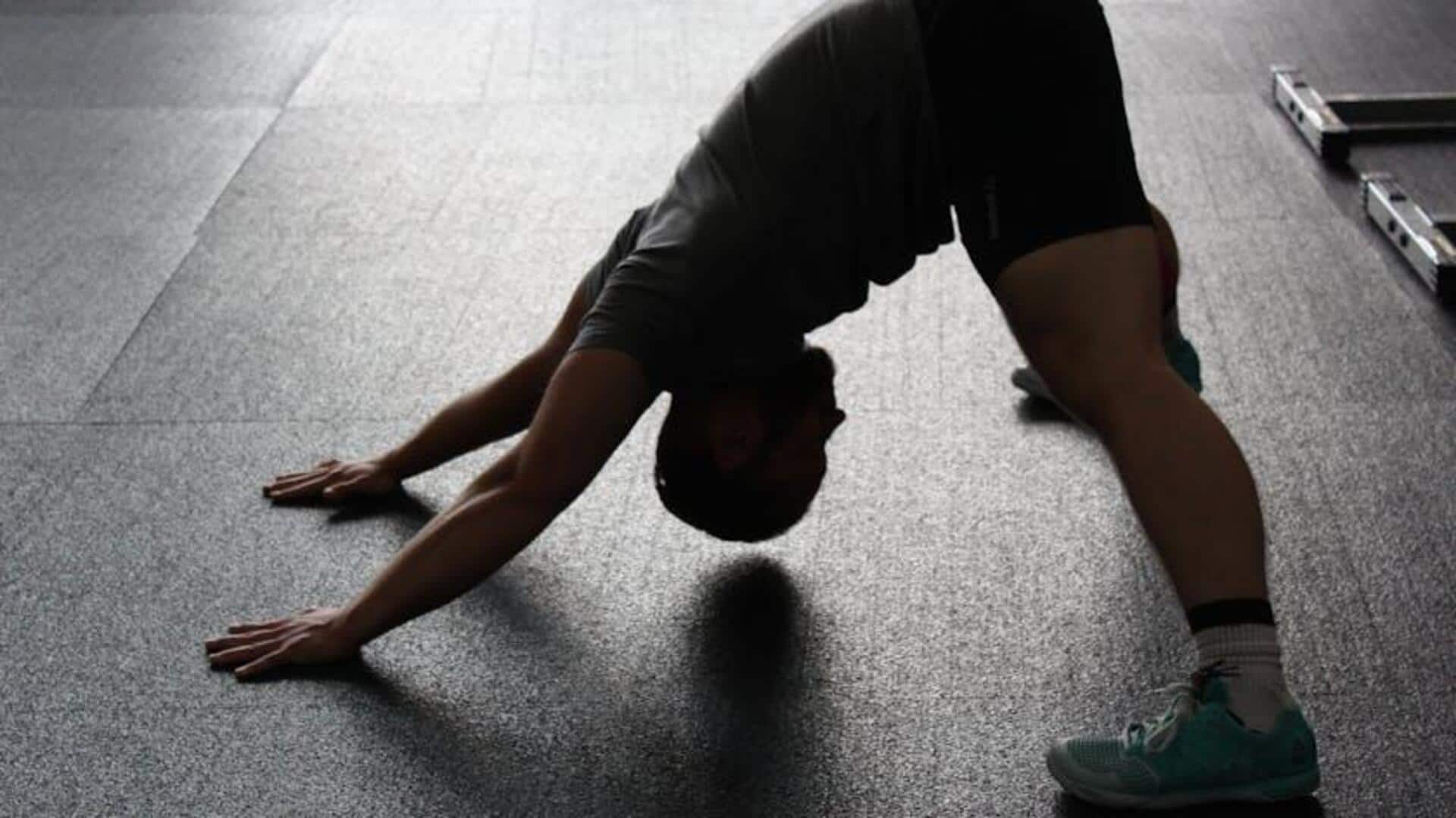Why Wrist Pain?
Bicep curls, a fundamental exercise for developing arm strength, often involve movements that place considerable stress on the wrist joint. The typical
grip used in these curls, with the palms facing upwards and the wrist in a neutral position, can be a point of vulnerability. This posture can force the wrist into a slightly extended position, particularly when the weight increases. The repetitive motion, combined with the load, can lead to inflammation, irritation of the tendons, and even more serious conditions. Moreover, individuals with pre-existing wrist issues, such as carpal tunnel syndrome or previous injuries, are at a higher risk of exacerbating their condition. The mechanics of the curl, especially at the bottom of the movement, can compress the joint, worsening the discomfort. Consequently, it is imperative to understand these potential risks so you can adjust your approach to protect your wrists while still achieving your fitness goals.
Alternatives for Curls
To continue building bicep strength while safeguarding your wrists, several effective alternatives to traditional bicep curls can be incorporated into your workout routine. One highly recommended option is the hammer curl, which involves holding the dumbbells with your palms facing each other. This grip puts less strain on the wrists and engages the biceps effectively. Another excellent choice is using a cable machine with a rope attachment. This allows for a neutral grip, minimizing wrist extension. Other viable options include incline dumbbell curls, where you perform curls while lying on an incline bench. This positioning can help reduce the load on the wrists. Concentration curls, performed while seated and supporting your elbow against your inner thigh, are also a good choice. By focusing on form and selecting these wrist-friendly alternatives, you can continue to train your biceps effectively while reducing the chances of wrist strain. Consider experimenting with these alternatives to discover which fits your body and workout goals best.
Optimized Bicep Workouts
Creating the ideal bicep workout to avoid wrist pain involves more than just picking alternative exercises. Form is crucial. Always focus on maintaining proper form throughout each rep, which involves controlled movements and avoiding any jerking or excessive wrist extension. Warming up your wrists before starting your workout is also very important. Gentle wrist circles, stretches, and light movements can help prep your joints for exercise. You should also carefully manage the amount of weight you use. Start with a weight that allows you to maintain proper form and gradually increase the weight. Don't lift so much that your form suffers. Pay attention to your body. If you experience any wrist pain, stop the exercise immediately and rest. Consider consulting a physical therapist or a fitness professional to ensure that your form is correct and to get guidance on exercises tailored to your specific needs.


